I took a trip to New York City.
It was my first time back in five years. I traveled with my sister, who was there on a business trip. My days were wide open. It was just me, my camera, and the city. My sister and I met up in the evenings for dinner and a little sightseeing, but the rest of the time, I wandered. Did I mention I love my sister’s job?!
I was also participating in a weekly challenge (52Frames), and that week’s assignment was to create a photograph inspired by a famous photographer. A randomizer picked the famous photographer for me. My first spin landed on Anne Geddes.
As charming as that might have been, I was headed to Manhattan. Studio lighting and babies weren’t exactly an option. So, I spun again.
This time: Alan Schaller.
I hadn’t heard of him before, but when I looked up his work, it stopped me in my tracks. I was genuinely excited to get a photographer like him — someone whose style already mirrored what I was drawn to.
His work is strong black and white, deep contrast, architectural elements, layered urban scenes, people in motion, it was exactly what I already loved: photographers Fan Ho and Vivian Maier, film noir, and high-contrast black-and-white photography. And maybe more importantly, my absolute favorite thing to photograph; people doing people things.
What I didn’t expect was how much that week would change me.
In previous trips, always having traveled with others, I’d often return home and feel frustrated as I looked through my images. I could see all the things I missed. The light I didn’t wait for. The composition I rushed. The deeper feel of the place that I never quite captured. It wasn’t because anyone was pressuring me. That was on me. I didn’t want to inconvenience anyone, so I rushed, took my shots, and moved on. I called them grab shot, hastily made, with the only unifying thread being the place itself.
But this time, because I was alone during the day, I didn’t have to choose between being with my people or with photography. I didn’t have to negotiate where to go next or compromise on how long to stay. No one was waiting for me to catch up or standing nearby while I guiltily signaled “just 5 more minutes!”
On my first day, I walked 5th Avenue and eventually wandered into the New York Public Library. I admired the architecture, took a few casual shots, missed the time slot to tour the Rose Main Reading Room, so I headed to the second-floor balcony overlooking the lobby. I saw patches of bright light cutting through the shadows on the floor. It seemed Alan Schaller-ish, so I hung out, watching, waiting.
Two hours later, I was still there.
That was the day something shifted again. I wasn’t just inspired by Alan Schaller. I wanted to be Alan Schaller. I watched the light. I waited for silhouettes. I studied the rhythm of people moving through the library. I wasn’t a tourist with a camera. I was working the scene and trying to channel Alan Schaller.
This was different. This was a kind of headspace I hadn’t experienced before. It was an intense focus that was a little surprising. I’d heard of “working the scene,” of course, but I’d never truly worked a scene that long. I’d never given myself that kind of time — or maybe the push — to explore that deeply.
After that, I gave myself full permission to let go of the typical touristy “must-see” list, museums, landmarks, all the places I thought I was supposed to visit. I traded them for another chance to experience the high of being in that headspace again.
There were a few times I wondered if I’d regret that choice. When FOMO hits, it hits hard. But every morning, as I stepped out of the hotel and into Midtown, I felt more excited and more determined. I found my groove and I didn’t look back.
On day one, I had my 52Frames photo. But I didn’t stop. I kept shooting, chasing the next best photo. I followed the sun as it angled through high-rises and reflected off buildings. But NYC is the City That Never Sleeps, so when the sun went down, the lights came up.
There were opportunities to be Alan Schaller all day.
What surprised me most was how energized I felt. And how excited I was to get home and see the images on a big screen.
I kept thinking, now I feel like a real photographer, not because I suddenly became one, but because I finally gave photography my full attention.
It was the reason I was there! I wasn’t fitting photography in where I could. I built my day around it.
And in doing that, something clicked.
I realized I wasn’t just making time for photography. I was making it the priority. I was pulled toward it, not by obligation, but because I wanted to be doing it more than anything else.
I wasn’t just doing photography. I was being a photographer.
Funny enough, when I tried to be Alan Schaller, it just made me more me.
Not because I matched his style but because I finally stopped second-guessing mine.
Seeing his work, and creating photographs inspired by him, helped me stop fighting the way I shoot, the contrast I love, the deep shadows, the bright whites.
If Alan Schaller can break the rules and make something beautiful, then I can too.
I can finally let go of all the “you shoulds.”
That changed everything.
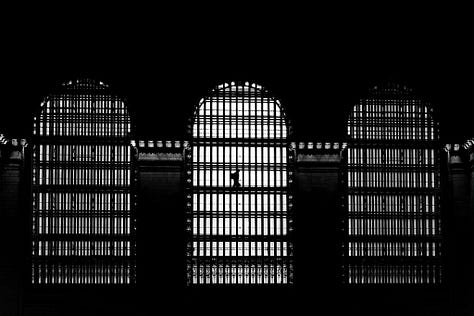
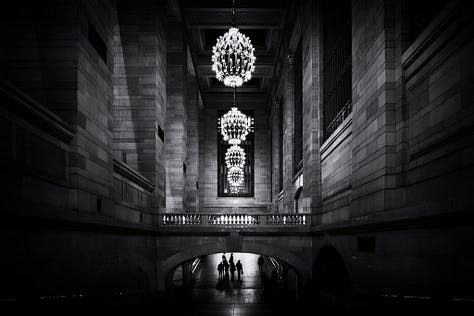
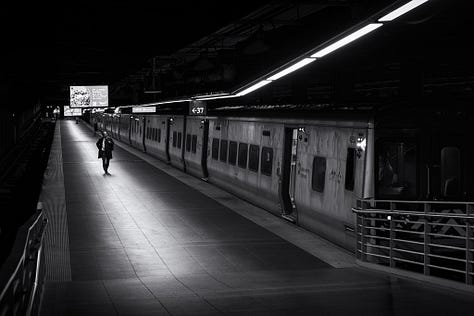


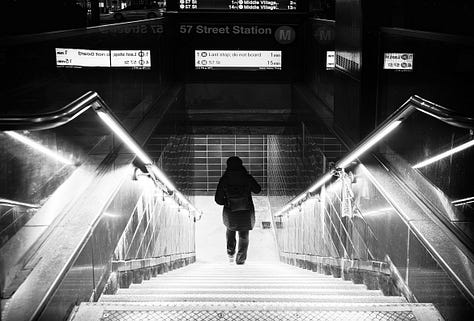
P.S. Alan Schaller, if you ever stumble across this — thanks for the unintentional mentorship. Your work gave me permission to chase contrast, ignore the shadow police, and trust what I already loved. I tried to be you for a day… and somehow ended up more me.
That’s some kind of magic.
—Denice




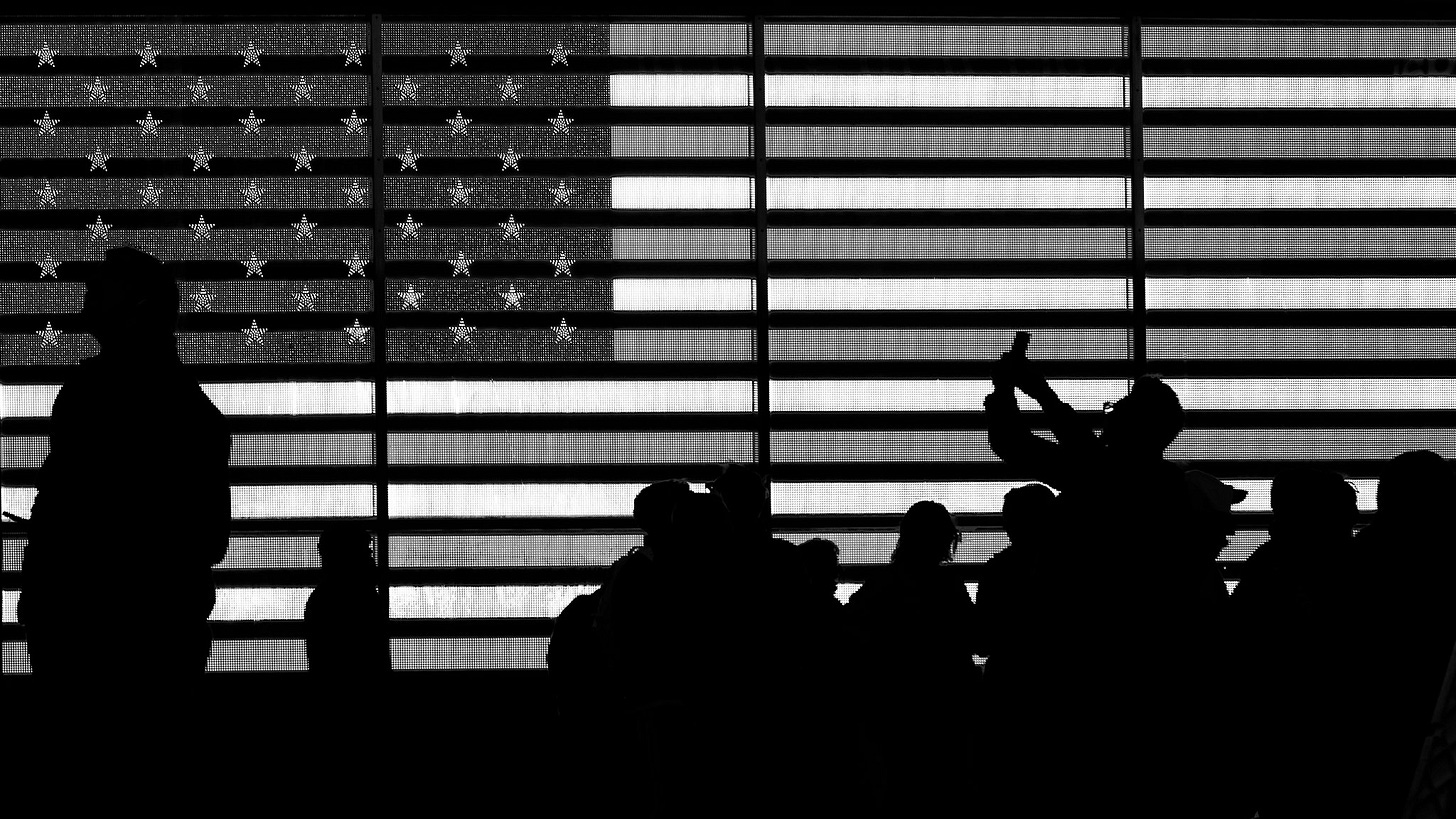

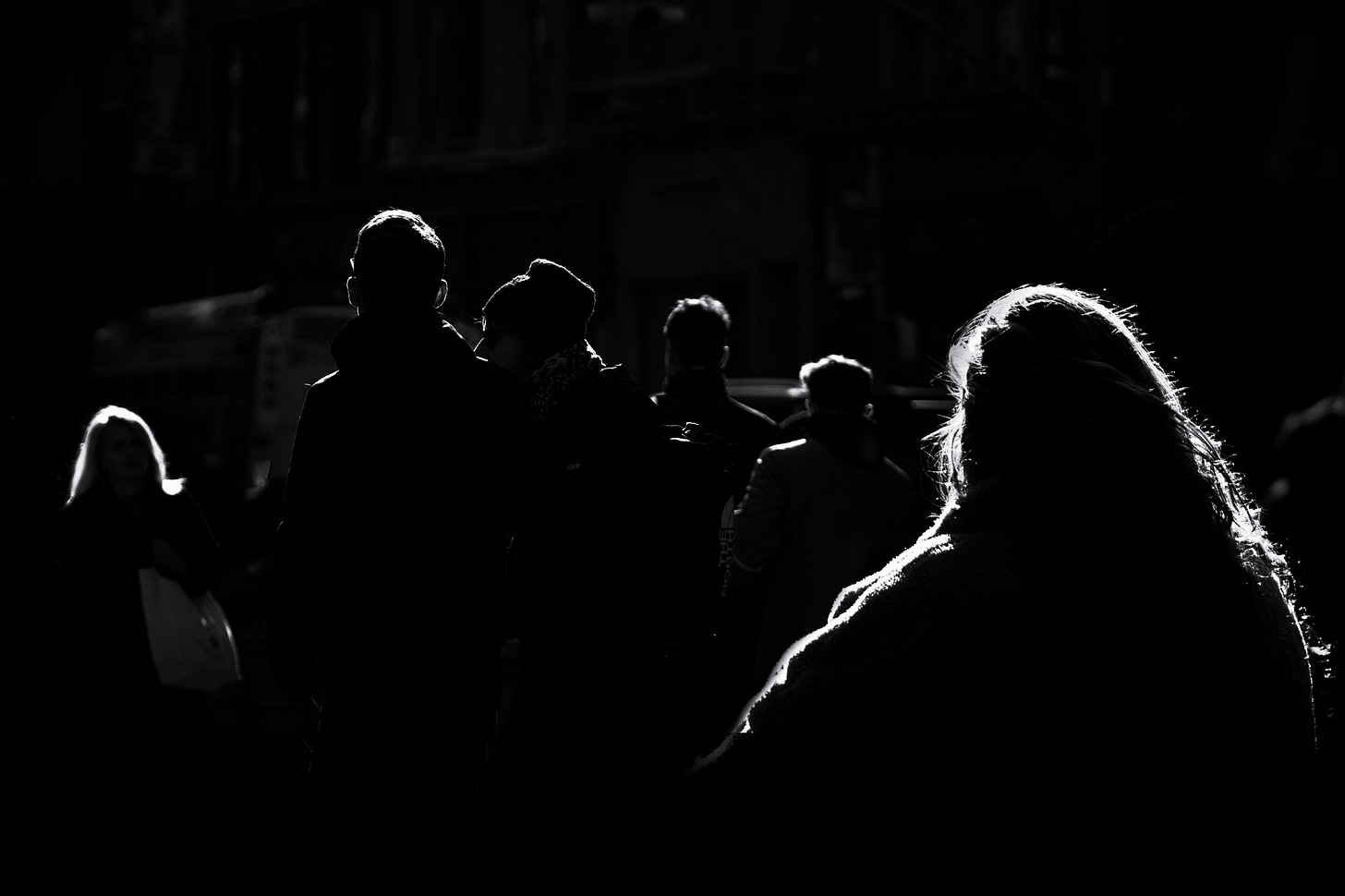
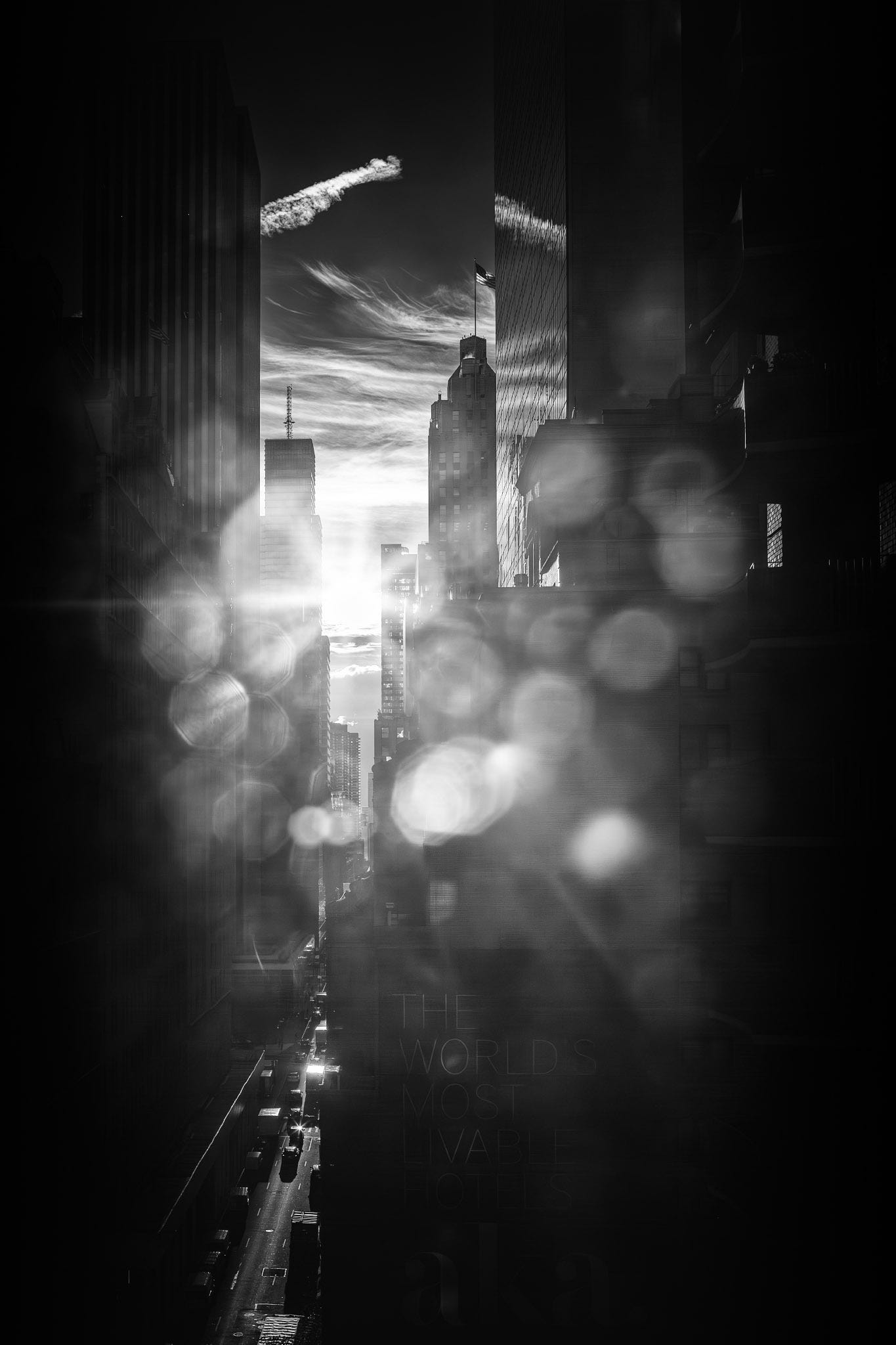
Denice,
Being Denice Loria Woyski is even better than being Alan Schaller
The excitement of immersion! Letting go of any felt obligations to time, to others' schedules and finding yourself amidst that: magical! What a wonderful experience! So well said!